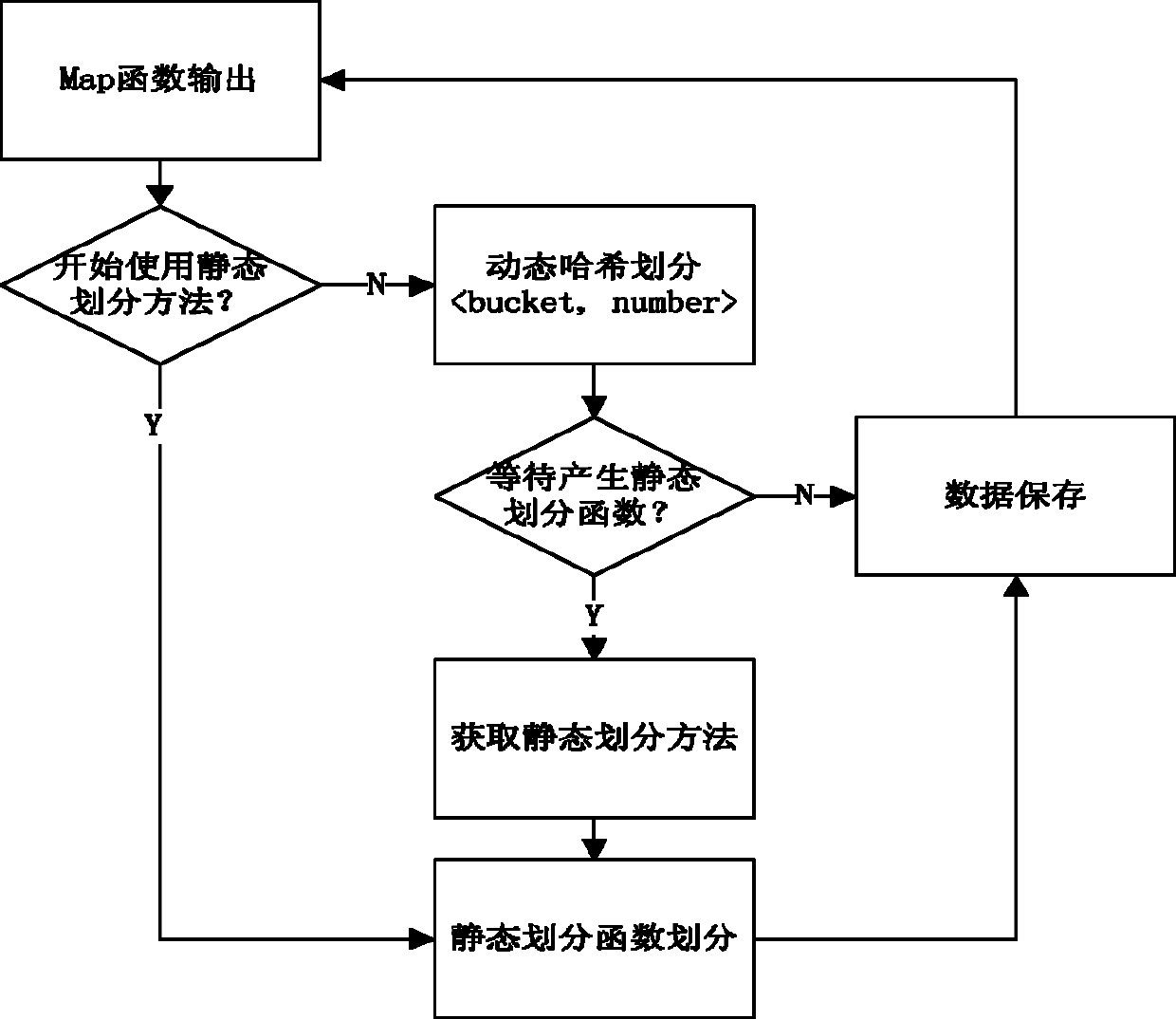Self-adaptive load balancing method for Reduce ends in parallel computing framework
An adaptive load and parallel computing technology, applied in the information field, can solve problems such as too small data, unable to automatically adapt to distributed data, unable to estimate Reduce, etc., to achieve the effect of load balancing
- Summary
- Abstract
- Description
- Claims
- Application Information
AI Technical Summary
Problems solved by technology
Method used
Image
Examples
Embodiment Construction
[0046] The specific implementation steps and detailed methods of the present invention are described below.
[0047] This embodiment is carried out on the Hadoop platform, and mainly optimizes the problems existing in the current computing framework of Map-Reduce. Here we first give the design architecture diagram of the entire load balancer, and explain the content of each main module, and then describe the design and implementation of each module in detail.
[0048] The method of the present invention requires that a certain proportion (such as 75%) of all data be completed in the Map, and the 75% mentioned later also comes from here; this proportion makes as much as possible without affecting the overall efficiency. The static hash function can fully reflect the distribution of the overall data) After the processing task, the number of Reduce ends and a data division method for the Reduce end are determined according to the data distribution of the Map output, so that all d...
PUM
 Login to View More
Login to View More Abstract
Description
Claims
Application Information
 Login to View More
Login to View More - R&D
- Intellectual Property
- Life Sciences
- Materials
- Tech Scout
- Unparalleled Data Quality
- Higher Quality Content
- 60% Fewer Hallucinations
Browse by: Latest US Patents, China's latest patents, Technical Efficacy Thesaurus, Application Domain, Technology Topic, Popular Technical Reports.
© 2025 PatSnap. All rights reserved.Legal|Privacy policy|Modern Slavery Act Transparency Statement|Sitemap|About US| Contact US: help@patsnap.com



